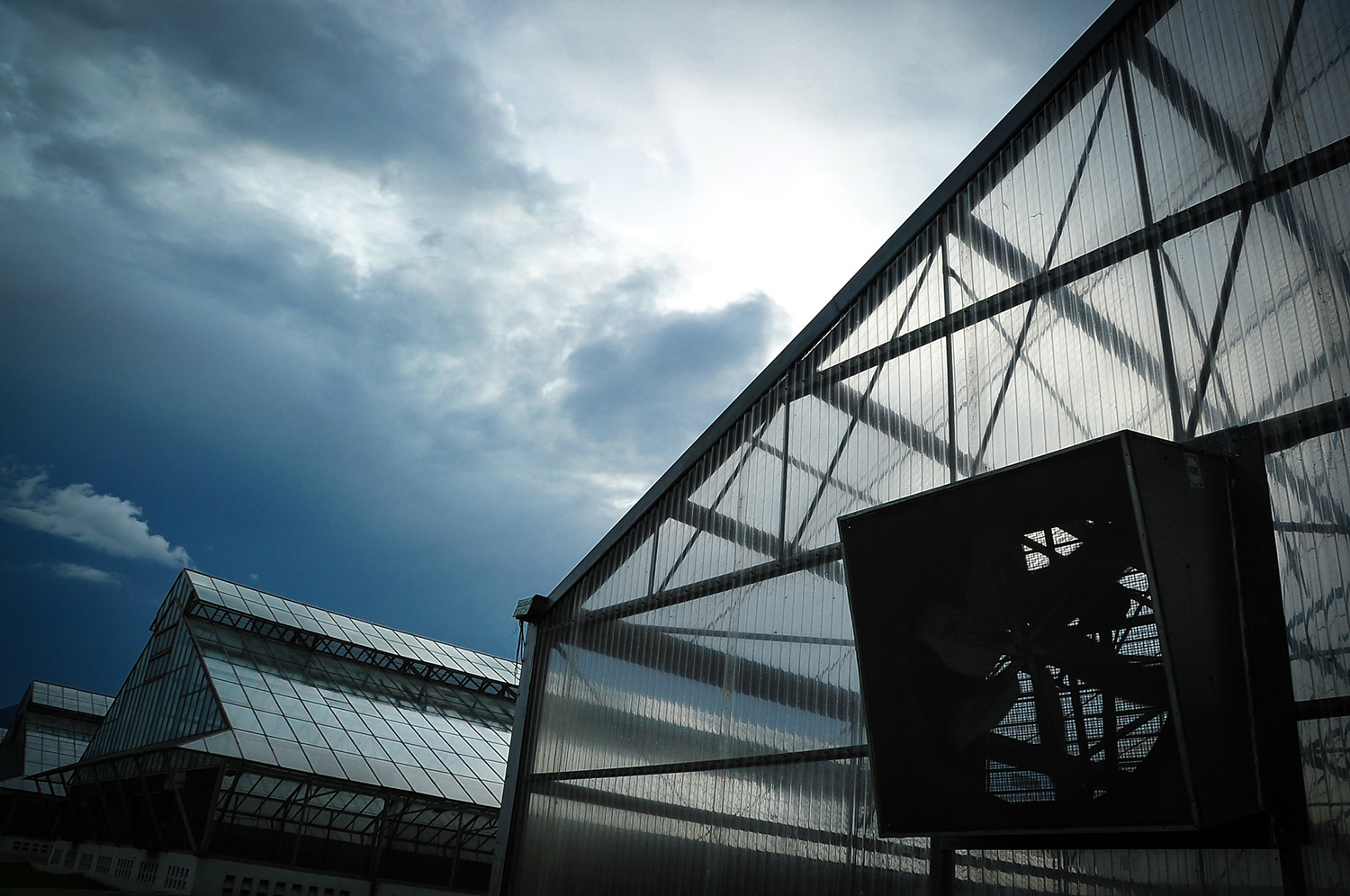Conference highlights need for increased climate funding for rice agri-food systems


A global conference is calling for more investment in climate change initiatives for the world’s most important food crop.
“Rice contributes about 1.5 percent of total greenhouse gas emissions, but doesn’t receive nearly as much of global climate investment,” said Dr. Bjoern Ole Sander, Vietnam Representative of the International Rice Research Institute (IRRI). “This disproportionate attention is unfortunate, as there are significant opportunities for reducing climate impact while increasing profitability and resilience through new technologies. With greater investment, this is possible.”
The 2nd Global Sustainable Rice Conference and Exhibition, organized by the Sustainable Rice Platform (SRP) and taking place in Bangkok on October 1-2 2019, brings together a unique group of private sector, research organizations and civil society actors committed to making the rice sector more productive, equitable, and sustainable. Co-convened by UN Environment and IRRI, with support from GIZ and SRP members, the goal of the standards platform is to certify 1 million farmers to adopt sustainable best practices in rice production, and to promote resource efficiency and sustainability through linkages in research, production, policy-making, trade, and consumption.
Flooded rice fields are a significant source of the greenhouse gas (GHG) methane, creating around 10% of global annual emissions. Rice is also a water-intensive crop, typically consuming 2,000 to 3,000 liters of water to produce 1kg of rice, increasing water scarcity in surrounding areas. Even after it is harvested, rice straw is burned in many Asian countries, releasing toxic chemicals that pollute the air and degrade soil fertility.
The SRP Standards, a framework of normative best practices, is geared towards helping farmers, rice producers, and retailers decrease rice’s impact on the environment by addressing the most urgent climate change contributors of the crop. There are already multiple technologies and methods such as alternate wetting & drying, laser land leveling, and digital tools and apps that can be implemented and scaled up to achieve reduced GHG emissions, more efficient water use, and better rice straw management, while still maintaining or even increasing productivity.
“A proportionate increase to 1.5 percent of the global climate investment directed towards rice production solutions, for example in irrigation and mechanization, will create significant impact in disseminating these proven technologies and practices to farmers,” said Sander.“This conference is an opportune time to highlight this, as SRP provides the ideal platform for implementation and distribution at farm to landscape level.”
Dr. Matty Demont, IRRI’s Outcome Theme Lead for Shaping Future Rice Value Chains & Policies, adds that rice consumers also have a role to play in promoting climate investment. “Increased awareness and demand for sustainably sourced rice can drive governments and the private sector to make sustainability a policy and market priority. By making sustainability top-of-mind, we can begin to affect changes that will benefit not only the planet, but also everyone in the rice sector, from producer to consumer.”
Learn more at www.sustainablericeconference.org.